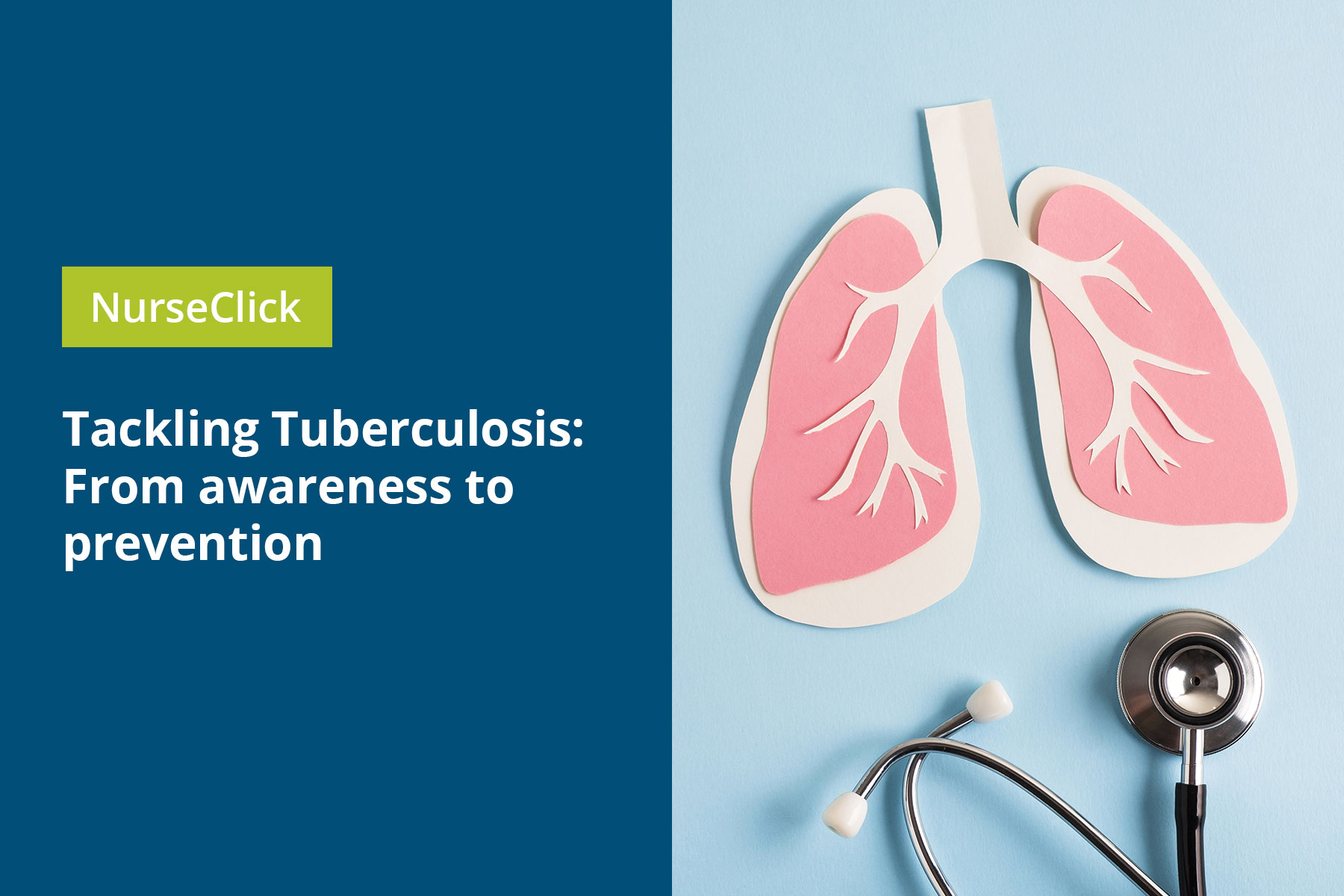24 March is World Tuberculosis Day, the day that Mycobacterium tuberculosis was discovered in 1882.
Did you know that according to the World Health Organization (WHO, 2023), Tuberculosis (TB) was the second leading infectious killer worldwide in 2022 after COVID-19, and above HIV and AIDS?
While Australia has one of the lowest TB rates in the world (National Health and Medical Research Council, n.d.) with most new cases occurring in people born overseas (Australian Technical Advisory Group on Immunisation [ATAGI], 2022) there were 1,408 reported cases in 2023 (Department of Health and Aged Care, 2024).
As with many other infectious diseases, the incidence among Aboriginal and Torres Strait Islander peoples is up to five times higher than non-Indigenous Australians (Craft & Gordon, 2019).
What is Tuberculosis?
TB is an infectious agent caused by the bacterium Mycobacterium tuberculosis. It is transmitted via airborne droplets when a person with active TB disease coughs, speaks, laughs, sings or sneezes near others (Healthdirect, 2022). Upon entering the airway, the bacteria normally sit in the upper lobes of the lung where they multiply and cause inflammation. Some bacteria enter the lymphatic system and collect in the lymph nodes where they stimulate an immune response (Craft & Gordon, 2019).
The immune response includes activating macrophages and neutrophils in the alveolar tissue of the lung that engulf the bacteria. During the process granulomatous lesions or tubercles are formed as the body seals off the bacteria, killing the infected lung tissue. Scar tissue then forms around the tubercles, completely isolating the bacteria, but not killing it. In an immunocompetent person, this process takes about 10 days, and the TB can remain dormant (latent) and asymptomatic for life (Craft & Gordon, 2019).
A latent TB infection (LTBI) can become active at any time, including shortly after becoming infected, or when the immune system is impaired or weakened, this may be decades after the initial infection. Active TB can also infect other body systems causing numerous complications including tuberculosis lymphadenitis, osteomyelitis and primary adrenal insufficiency. Signs and symptoms of active TB most commonly include (Craft & Gordon, 2019; Healthdirect, 2022; WHO, 2023):
- fever
- night sweats
- malaise
- weight loss
- loss of appetite
- increased sputum that may be blood-stained, and
- a chronic cough.
Tuberculosis testing and treatment
A tuberculin skin test (TST) or Mantoux test can be performed to diagnose latent or active TB. A small amount of tuberculin (purified TB protein) is injected into the dermis of the skin (intradermally) by a qualified health professional. The injection site is then checked 48-72 hours later to review the immune system’s response to the tuberculin and therefore likely exposure to Mycobacterium tuberculosis. Alternatively, an interferon gamma release assay blood test may be used if determined appropriate (Craft & Gordon, 2019; Healthdirect, 2022; Australian Technical Advisory Group on Immunisation [ATAGI], 2022).
If the test is positive a chest x-ray, physical assessment and/or a sputum culture may be required to determine if the person has active TB. TB is a nationally notifiable disease (Healthdirect, 2022).
Treatment of both active and latent TB is usually for at least six months and contains a combination of antibiotics because antibiotic resistance, while currently low in Australia, can occur quickly (ATAGI, 2022; Craft & Gordon, 2019).
Tuberculosis prevention and vaccine recommendations
To prevent TB the bacilli Calmatte-Guérin (BCG) vaccine can be administered. The BCG vaccine can only be accessed by those working with chest or TB clinics through their state and territory public health authorities. Administration of the BCG vaccine usually requires additional training and competencies.
BCG is most commonly indicated for individuals less than five years of age who may experience a significant burden of TB as the efficacy of the vaccination in adults is more limited. However, healthcare workers and Aboriginal and Torres Strait Islander peoples who are at an increased risk of acquiring TB are recommended to receive the BCG vaccine to increase their protection (ATAGI, 2022).
Other preventative measures include wearing a mask around those who you believe may have active TB disease and avoiding travelling to areas where there is a high incidence of TB.
Want to learn more?
To learn more about TB, how it is recognised, diagnosed and prevented, ACN has developed a new and improved Tuberculosis management (TST/BCG) course. The course provides the theoretical component only. Should you need clinical practice with TST and BCG administration you need to contact your state/territory chest clinics regarding placement.
The course is worth 40 CPD hours and provides valuable knowledge on TB recognition including pathophysiology, identifying signs and symptoms as well as how to interpret TST results. For more information on the course and how to enrol, please go to the course page.
By Sally Byrne MACN

By Rachel McCullough MACN

References
Australian Technical Advisory Group on Immunisation. (2022). The Australian Immunisation Handbook. Department of Health and Aged Care, Australian Government. https://immunisationhandbook.health.gov.au/.
Craft, J., & Gordon, C. (2019). Understanding Pathophysiology, Australia New Zealand Edition (3rd ed.). Elsevier Australia: Chatswood.
Department of Health and Aged Care. (2024, 3 March). National Communicable Disease Surveillance Dashboard. Australian Government. https://nindss.health.gov.au/pbi-dashboard/.
Healthdirect. (2022). Tuberculosis (TB). https://www.healthdirect.gov.au/tuberculosis.
National Health and Medical Research Council. (n.d). History of tuberculosis control in Australia. https://www.nhmrc.gov.au/about-us/resources/impact-case-studies/history-tuberculosis-control-australia.
World Health Organization. (2023). Tuberculosis. https://www.who.int/news-room/fact-sheets/detail/tuberculosis.





